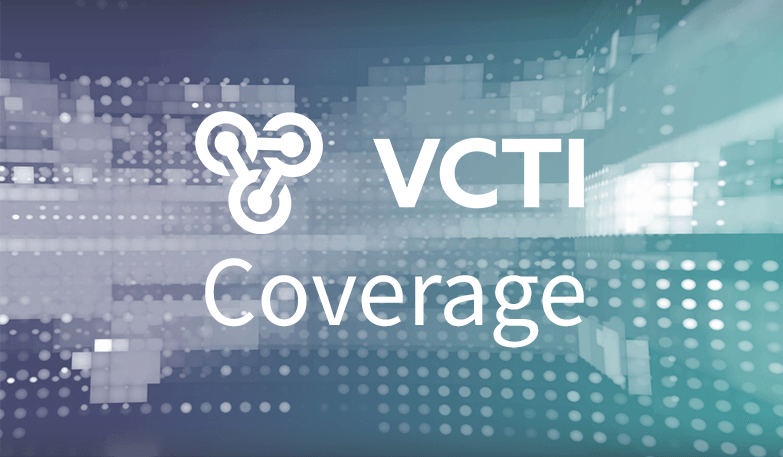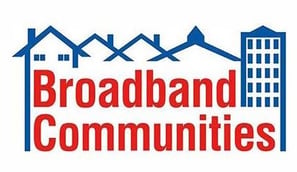Planning and Design Strategies for 5G Evolution


This article was originally published in Broadband Communities.
Building out a 5G network will require a new set of network standards and operational methods. Operators should establish a set of best practices around planning, cost-to-revenue analysis, and architecture choices.
There is a lot of buzz around 5G, and it is not just hype. The potential for 5G is unquestionable – it brings a vastly improved platform to deliver fast, scalable and reliable connectivity. But for communities still struggling to attain quality broadband services, It can seem like a pipe dream.
As internet of things (IoT) applications become pervasive, high-speed broadband will be even more critical to economic and community vitality. Economic challenges require municipal communities to develop a precise, multiyear network evolution plan with technology choices and investment decisions that take them to the future. Furthermore, as the enabling technology for IoT, 5G is essential to the growth of smart cities, which essentially rely on the IoT to operate.
Governments around the globe are encouraging investment in gigabit services, so let’s talk specifically about how fixed wireless 5G accelerates access to high-performance broadband for consumers, especially those outside high-density metropolitan areas.
5G’s Impact on Municipalities
Because 5G connects everyone and everything, a whole set of new applications will be created. This will allow 5G to serve as the great equalizer, allowing smaller towns to have services similar to those in bigger cities. 5G connections enable municipalities to offer more services, such as expanded health care options through telehealth, high-speed video to connect family and businesses, and innovative entertainment and educational offerings.
These technological advancements will dramatically improve the availability of health care and education options, improving the quality of life in rural areas. Because technology impacts literally every business sector, technological equality will help attract industry and support growth.
The Challenge
5G demands a dramatic increase in the number of towers and their density, and each tower must be fed by a multigigabit fiber pipe. Although the limits of signal strength will continue to improve, the reach of an individual tower will still be more easily measurable in hundreds rather than tens of thousands of feet for the foreseeable future. In markets such as South Korea, where there is a preponderance of fiber, the economic challenge is lessened. For those in less fiber-rich countries, such as the United States, integrity of plans grounded in solid business cases and ROI are going to play a significant role determining success.
The pace at which the technology is evolving further complicates deployment planning. 5G is not a one size fits all; many technologies are transitional, and standards are still developing.
Evolution, Not Revolution
For service providers, the task ahead requires integrity of planning, especially cost-to-revenue analysis and the ability to compare different architectures and options, guided by clear milestones and business objectives along the way. That leads to four best practices.
- As with any good plan, begin with the end in mind. In this case, that’s the business goals – customers and the products and services needed to win and delight them.
- Next, model the target network. When introducing a new technology that in and of itself offers myriad deployment options, anticipate running multiple iterations with different architecture criteria to glean insight into the best end-state architecture, technology and economic return.
- Once the target network is defined, including the quantity and placement of antennas to achieve the coverage and service goals, start modeling options for the fiber to serve those towers.
- Finally, overlay the existing fiber network on top of the fiber network required to get a working architecture model – the framework – to guide network evolution planning.
Data Points to Consider
At this stage, remembering that network evolution is a journey as well as an opportunity is critical. Planning strategically offers an opportunity to optimize investment across an existing subscriber base and maximize return from old technologies, such as copper, during the transition to fiber.
Do not overlook the chance to maintain and grow an existing base as the best assurance of ROI on future 5G services.
Here are five critical data points that need to be modeled to plot a course:
- Evaluate Service Targets – Define the service targets. What is the minimum product needed to stay competitive with your customers’ other choices, to guard against churn? Is it 50 Mbps or 100 Mbps? What are the product definitions targeted for the future state? One Gbps or 5 Gbps? Are there milestone levels of service to consider along the way?
- Identify Thresholds that Trigger Churn – Classify at-risk customers currently underserved at the base
service level to sustain competitiveness. These customers have the highest propensity to churn and are one of the biggest threats to a successful transition. Draw from customer analytics. Marketing and/or customer service departments probably already know the service thresholds that trigger churn. - Technology Serving At-Risk Customers – Review current technology and architecture options that need an upgrade and those that are at risk.
- Analyze fiber reach to DLC/DSLAMs in current central offices. Model adding fiber and converting current central-office equipment to Ethernet-based backhaul, or model using wireless backhaul options when the cost of extending fiber makes the upgrade out of reach.
- Analyze each exchange that has fiber backhaul. Model loop shortening, vectoring options and bonded options.
- Model fiber to the premises (FTTP) and more specifically point to multipoint (x-PON).
- Apply fixed wireless and 5G, including antenna placement and propagation analysis.
- For service providers with cable infrastructure, model pushing fiber closer to the customer – fiber deep, FTTP, fixed wireless and 5G.
- Model Cost per Household – Be sure to include cost to upgrade to the service targets and technology.
- Model Go-to-Market – Create the model using marketing demographic analytics and the propensity to buy/upgrade by household.
For modeling several network evolution scenarios, an automated planning tool that enables analysis across technologies and household demographics is a necessity. The tool needs the capability to model the specifics of the signal propagation, such as strength and reach within coverage area. It should be able to fold in an existing network, including outside plant assets such as current fiber/cable/copper and its available capacity, rights of ways, poles and conduit.
Do not forget business processes, either. All too frequently, GIS and/or network inventory data is grossly inaccurate. Though seemingly mundane, a mismatch between GIS and inventory and loop qualification at a terminal level can hide significant revenue opportunity and customer experience improvement that do not require any investment to acquire. Use this opportunity to clean up the data to drive an even higher ROI and ensure the processes going forward can maintain that newly achieved integrity.
Once every scenario is identified and costed out, the rest is just basic math, mashing up the network cost analytics by household against the cost to upgrade analytics. The analysis will answer this question:
“In which markets, with which technology choices, will you get the fastest, strongest ROI?”
Prioritizing each scenario helps generate cash to fuel continued network evolution and improves customer experience as the foundation for 5G is laid.
Municipalities’ Role
For municipalities, the technological equality that 5G brings will not be attainable overnight. Adoption will be slow. But as costs decrease and demand from consumers for next-generation applications surges, deployments will be realized. 5G, the infrastructure for the future, with all its capabilities will be worth the wait.


